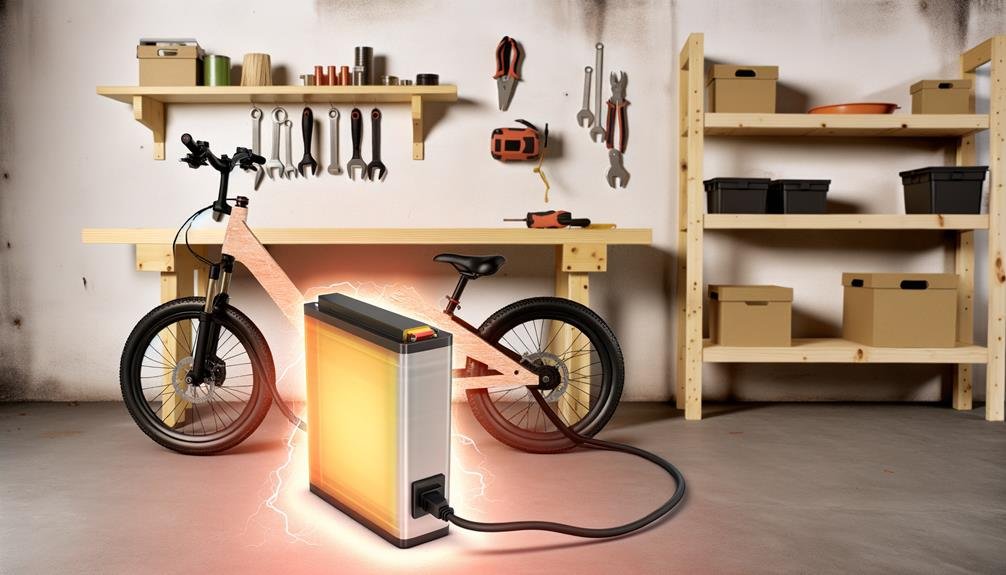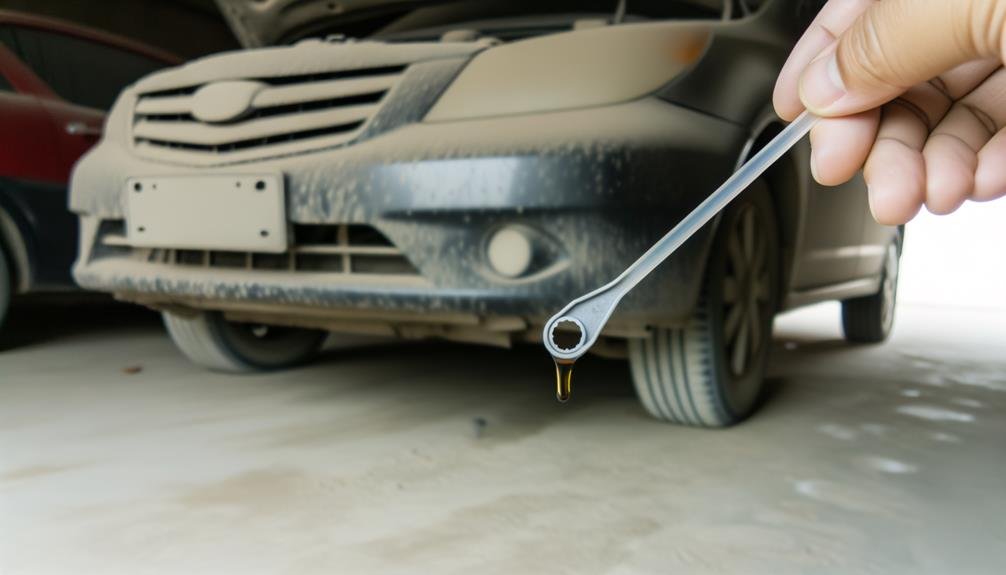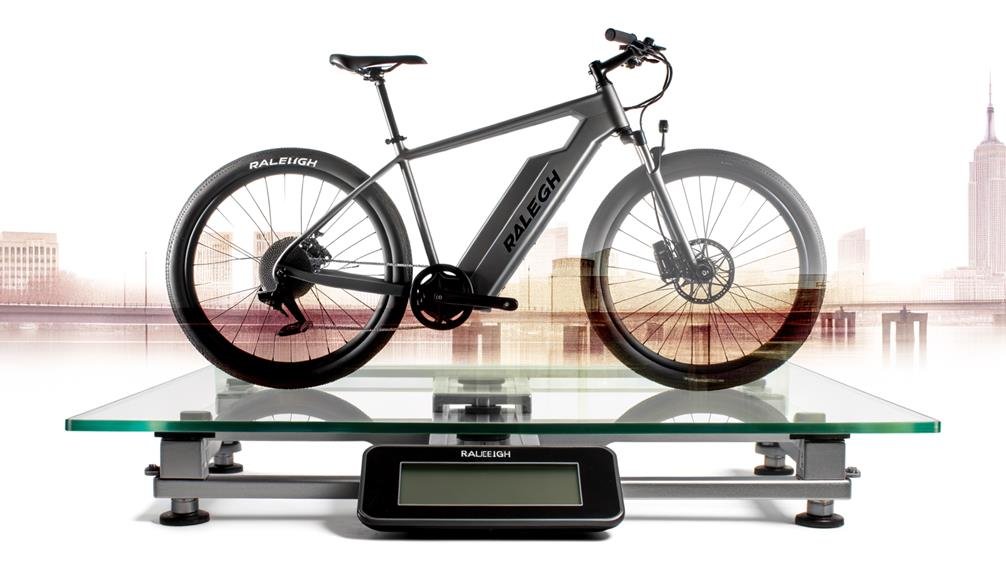Charles Miller is a veteran bike enthusiast with over 12 years of experience dealing with bikes as a mechanic. Despite immense love and expertise for...
Imagine you're on a scenic bike ride, miles away from home, and suddenly your ebike slows to a halt. The battery has died.
As frequent users of ebikes, we've often pondered, what exactly happens when the ebike battery dies? Moreover, what's the next course of action and how can we prevent such a situation?
This space will explore these questions and more, focusing on the technical aspects and providing practical advice.
Stick around, and you might just learn something that'll save your next long-distance ebike adventure.
- Key Takeaways
- Understanding Ebike Batteries
- Signs of a Dying Battery
- Actions for Dead Batteries
- Risks of a Dead Battery
- Maximizing Battery Life
- Proper Battery Storage
- Charging Your Ebike Battery
- Ebike Travel Speed Impact
- High-Heat Exposure Effects
- Utilizing Pedal Assist Modes
- Frequently Asked Questions
- Conclusion
Key Takeaways
- Proper disposal and recycling of ebike batteries is important for protecting the environment.
- Signs of a dying battery include reduced range, slow charging, and decreased power output.
- Risks of a dead battery include being stranded mid-journey and potential accidents.
- Maximizing battery life involves proper charging, storage, and adopting an optimized riding style.
Understanding Ebike Batteries
Navigating the complexities of ebike batteries, it's essential to understand that these power sources, while efficient, can contribute to environmental concerns due to their toxic chemical components and potential for improper disposal. Electric bikes use lithium in their batteries, a material that, if not disposed of correctly, can contaminate soil and water, harming ecosystems and wildlife. When an ebike battery dies, the environmental impact can be significant.
Understanding ebike batteries is the first step towards responsible use and disposal. We should all be aware of the consequences of sudden battery failures and the importance of recycling or proper disposal options. Improper handling of a dead ebike battery isn't just harmful to the environment; it doesn't reflect the care of your e-bike battery that we should all strive for.
Looking towards the future, the development of sustainable battery technologies and extended producer responsibility programs are hopeful solutions. These initiatives can help manage what happens when an ebike battery dies, limiting environmental damage and promoting sustainable solutions. As part of this community, let's all take a collective responsibility for the health of our planet by understanding and properly managing our ebike batteries.
Signs of a Dying Battery
Having established the environmental implications of improper ebike battery disposal, it's essential we recognize the signs of a dying battery to ensure timely and safe replacement. A dying battery can compromise your bike's battery life and hamper your riding experience. We've identified three primary symptoms that signal a battery nearing its end:
- Reduced range or mileage on a single charge.
- Slow charging or the battery taking longer to charge than usual.
- Reduced power output from the motor, leading to weaker assistance while riding.
These signs indicate that the battery cells are deteriorating and the battery power isn't as efficient as it used to be. Being aware of these signs not only helps us handle sudden battery failures but also allows us to plan better. We can keep a fully charged spare battery handy or plan our rides more efficiently.
Actions for Dead Batteries

So, what should we do when our ebike battery finally gives up the ghost? There are several actions for dead batteries we must consider. First, we should explore our local recycling programs or centers. These places often have specific processes for handling spent ebike batteries. Secondly, we can look into battery take-back programs. Some manufacturers offer these initiatives, allowing us to return our old batteries when we buy a new battery.
What if our bike runs out of battery unexpectedly? That's when having a backup comes in handy. Always keep a spare battery to ensure your ride doesn't come to an abrupt halt.
On another note, we might consider donating our dead batteries to research institutions. They can use these resources to study battery life cycles and develop more sustainable technologies.
Risks of a Dead Battery
We're now going to address the risks associated with a dead ebike battery.
Being stranded mid-journey and the potential for increased wear and tear on the bike are key issues to consider.
Understanding these risks is crucial to mitigating them and ensuring a safe and efficient ride.
Stranded Mid-Journey
When an ebike battery dies in the middle of a journey, you're left stranded without motor assistance, making the task of pedaling, particularly over challenging terrain or with a heavy bike, a daunting endeavor. Being stranded mid-journey is a risk we must all be prepared to handle suddenly, especially when it comes to electric bicycles.
Here's what happens when an ebike battery dies:
- The overall performance of the bike reduces drastically as it's entirely dependent on human effort.
- You could be left in a potentially unsafe location or situation.
- The sudden loss of power can cause an abrupt change in speed, risking accidents.
To avoid such scenarios, proper care and maintenance of e-bike batteries is paramount. It's about being part of a responsible ebike community.
Wear and Tear
While it's crucial to understand the immediate consequences of a dead battery, it's equally important to consider the long-term risks associated with wear and tear, particularly the environmental impact of improper disposal.
When an ebike battery dies, toxic chemicals can leak, causing significant harm to ecosystems. This strain on the battery also leads to lower battery capacity over time.
As part of our community, we urge you to take good care of your ebike battery, ensuring it remains in tip-top shape for as long as possible. Proper disposal or recycling can mitigate environmental damage and keep our world cleaner.
Maximizing Battery Life

Let's now shift our focus to 'Maximizing Battery Life'.
We'll explore optimal charging practices and storage conditions that can significantly enhance your eBike battery life.
Charging Practices
To maximize the life of your eBike's battery, it's crucial to adopt effective charging practices and mindful riding habits. Here, we'll share some of our best tips:
- Charge the Battery After Each Ride: Regularly charge your battery to maintain its capacity. Don't wait for it to completely drain.
- Avoid High-Heat Conditions: Batteries don't like extreme temperatures. Store and charge your battery in a cool, dry place.
- Keep It Topped Up: If you're not planning a long trip, keep the battery fully charged. This helps to maintain its lifespan.
These charging practices combined with an optimized riding style, like avoiding sudden acceleration and maintaining a steady pace, are your ticket to maximizing your eBike's battery life.
You're part of our eBike community, so let's ride smarter, together!
Optimal Storage Conditions
Understanding how to properly store your eBike battery is just as important as knowing how to charge it correctly; it can significantly extend the battery's lifespan and maintain its performance.
Optimal storage conditions for electric bike batteries involve keeping them in a cool, dry place, away from direct sunlight. This prevents heat damage and degradation.
It's best not to fully deplete the battery before storage; aim to maintain a charge level between 30-60%. Regularly check and balance the battery cells to ensure even charge distribution. We'd recommend the use of a battery management system for maintaining these conditions.
Like us, batteries crave the right environment to thrive and perform. By following these guidelines, we can maximize the life and efficiency of our eBike batteries.
Proper Battery Storage
Always remember, storing your ebike battery in a cool, dry place can prevent damage from extreme temperatures and prolong its life. This is a crucial step in the proper care of your e-bike.
As most bikes use lithium batteries, it's essential to understand how to maintain their power and lifespan. Here's a simple 3-step process to ensure proper battery storage:
- Avoid Full Depletion: Never store your battery if it's fully depleted. Keeping some charge in it can help maintain its health.
- Maintain 50% Charge If Storing Long-Term: If you're not using your e-bike for an extended period, make sure the battery is about half-charged. This prevents capacity loss.
- Regular Checks: Always keep an eye on your stored battery for signs of corrosion or damage. It's better to catch issues early than to find out what happens when an ebike battery dies.
Incorporating these practices into your routine won't only extend the life of your battery but also enhance your overall e-bike experience. Trust us, a little time and attention can make a big difference in the performance of your ride.
Charging Your Ebike Battery

Just as crucial as storing your ebike battery correctly, is knowing how to charge it properly to ensure its longevity and optimal performance. Charging your ebike battery is a regular practice that helps maintain its capacity. It's as essential as oiling your bike's chain or changing its tires.
One key aspect is to avoid fully depleting the battery after each ride. This simple practice can drastically extend an E-bike's battery life. It's also important to keep your bike stored indoors and away from excessive heat to protect the battery from damage. Remember, the battery is the powerhouse; it uses lithium batteries to power their motors, making it a vital part of your E-bike.
Another technique to conserve power is to utilize pedal assist modes. These modes reduce strain on the battery, enabling you to enjoy longer rides. Additionally, it's easy to charge the battery, making it convenient for regular use.
Ebike Travel Speed Impact
Did you know that the speed at which you travel on your ebike can significantly impact its battery life? This is an important aspect of the ebike travel speed impact, and understanding it's key to prolonging your battery's lifespan.
Maximizing Pedal Assist: Pedal assist, a feature found on most ebikes, allows you to travel at top speeds without draining your battery. When used correctly, you can cover more ground and still keep your battery healthy.
Keeping Speeds Optimal: It's tempting to go as fast as you need but keeping a speed of about 16 kph (around 10 mph) is recommended for most e-bikes. This not only conserves battery power but also ensures a smooth and enjoyable ride.
Utilizing a Display Screen: A display screen, like the HUDAMZKY Ebike LCD Display Mini Meter, helps you monitor your speed. By adjusting your speed according to the display, you can further maximize your battery life.
In essence, the speed you choose to ride at will have a direct impact on your battery's life. Be it a leisurely ride at 71 rpm or a high-speed chase, remember to consider your ebike's travel speed impact on its battery.
High-Heat Exposure Effects

While considering the impact of travel speed on ebike battery life, it's equally crucial to understand the effects of high-heat exposure on these power sources. Just like us, ebike batteries are sensitive to high-heat. Prolonged exposure to excessive heat can speed up the degradation of lithium-ion cells, the heart of these batteries.
When we delve deeper into the high-heat exposure effects, we find that not only does it diminish battery performance and capacity, but it can also lead to more serious issues. For instance, too much heat can cause thermal runaway, a dangerous situation where the battery could potentially ignite.
Moreover, high-heat can meddle with the battery management system (BMS). This is the brain of the battery that ensures it holds and accepts any charge correctly. When this system malfunctions, it directly impacts the battery's overall performance.
So, what happens when an ebike battery dies? It's often a long time coming, with factors like high-heat exposure playing a significant role.
Therefore, it's essential to keep our batteries in a cool, dry place. By doing this, we can mitigate the effects of high-heat and extend the life of our ebike batteries.
Utilizing Pedal Assist Modes
To prolong the life of an ebike battery, we can effectively utilize pedal assist modes, which provide extra power to our pedaling and reduce strain on the battery. This strategy is pivotal to answer the question: what happens when ebike battery dies? Well, by utilizing pedal assist modes, we can mitigate this issue by extending your bike's battery life.
When you're riding, the power you use significantly impacts the battery life. Here's how to efficiently use the assist mode:
- Use a lower assist mode when the ride is smooth and flat.
- Increase the assist level when going uphill or against strong wind.
- Alternate between different assist modes to balance speed and battery conservation.
These guidelines help to ensure that e-bikes help reduce the drain on the battery and increase its longevity.
Frequently Asked Questions
Do Ebikes Still Work When Battery Dies?
Yes, we can still use our ebikes when the battery dies. We'll just rely on pedaling assistance. However, proper battery maintenance enhances energy efficiency, extends battery lifespan, and ensures optimal ebike performance and charging time.
Is It Safe to Ride an Ebike Without Battery?
When our ebike's battery dies, we're not totally stranded. We can still pedal manually, although it's less efficient. Safety precautions are crucial and performance is impacted. Our top tip: maintain your battery for power alternatives.
How Do You Wake up a Dead Ebike Battery?
We'd first check the battery's voltage. If it's low, we'll use reviving techniques or seek professional help. Proper storage, regular maintenance can extend battery lifespan. Prevention measures are key to avoid such predicaments.
How Do I Know if My E-Bike Battery Is Bad?
We'll spot a bad e-bike battery through signs like charging issues, performance decline, and reduced lifespan. Maintenance tips and warranty coverage help, but these replacement indicators suggest it's time for a new battery.
Conclusion
So, when our eBike battery kicks the bucket, we're faced with a slow ride home and potential damage.
But, with careful handling, regular maintenance, and smart usage, we can keep these issues at bay.
Remember, the key is balance; balance between pedal-assist and pure electric modes, between charging and overcharging, between speed and battery consumption.
It's an interplay of factors that keeps our eBike humming and our ride smooth.

Charles Miller is a veteran bike enthusiast with over 12 years of experience dealing with bikes as a mechanic. Despite immense love and expertise for his Tacoma, he rides his Trek Ebike more. Anytime you meet him, you’ll either hear him talking about Bikes, or writing about all things bikes and cars on this blog.
More Posts


